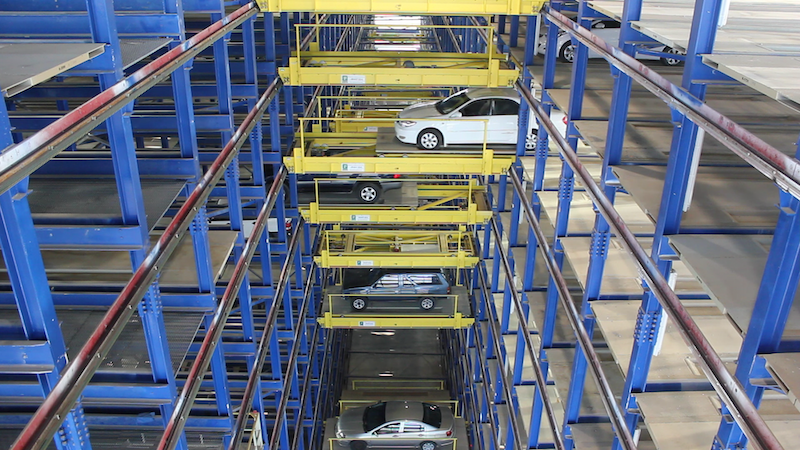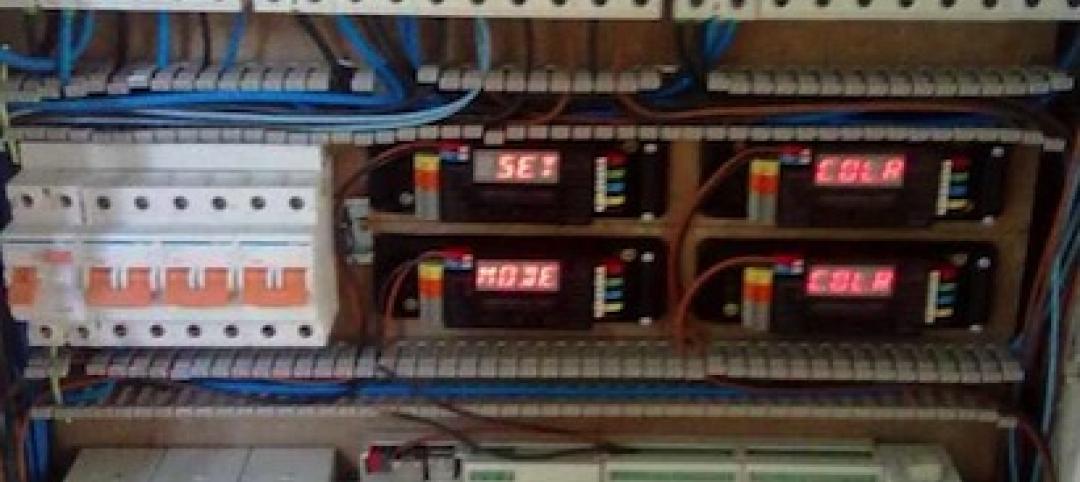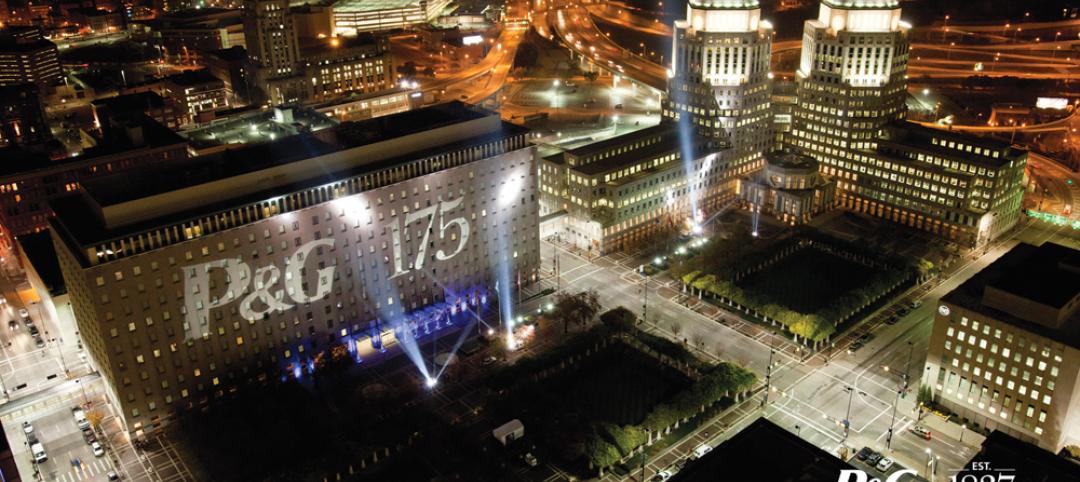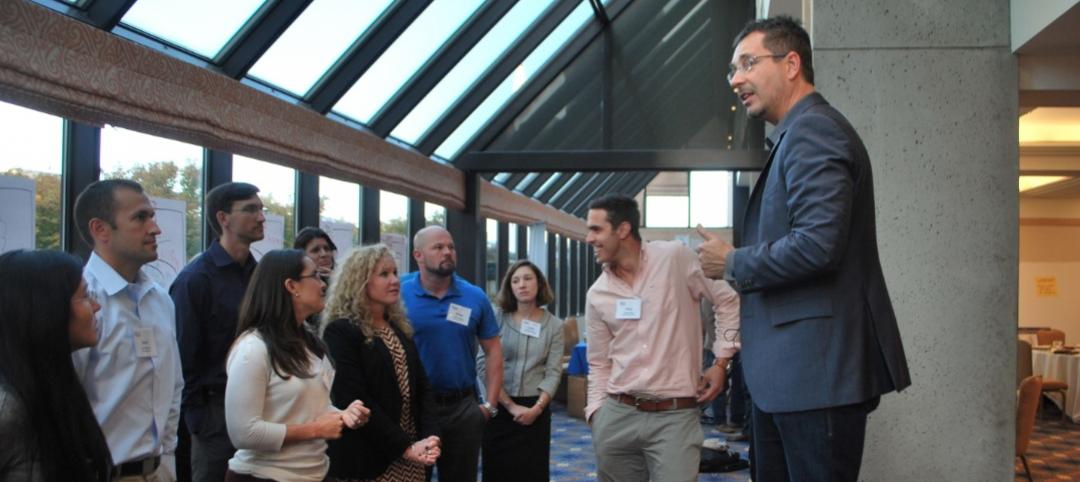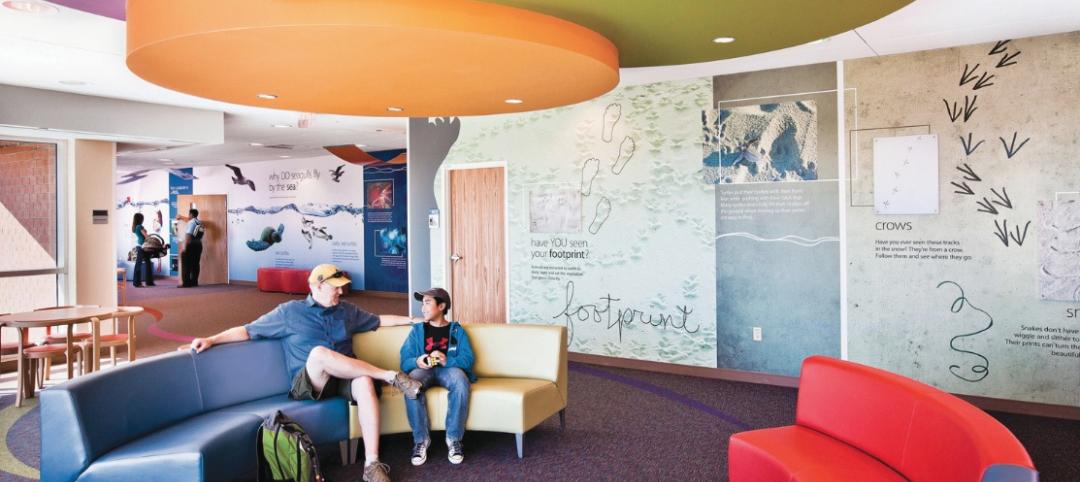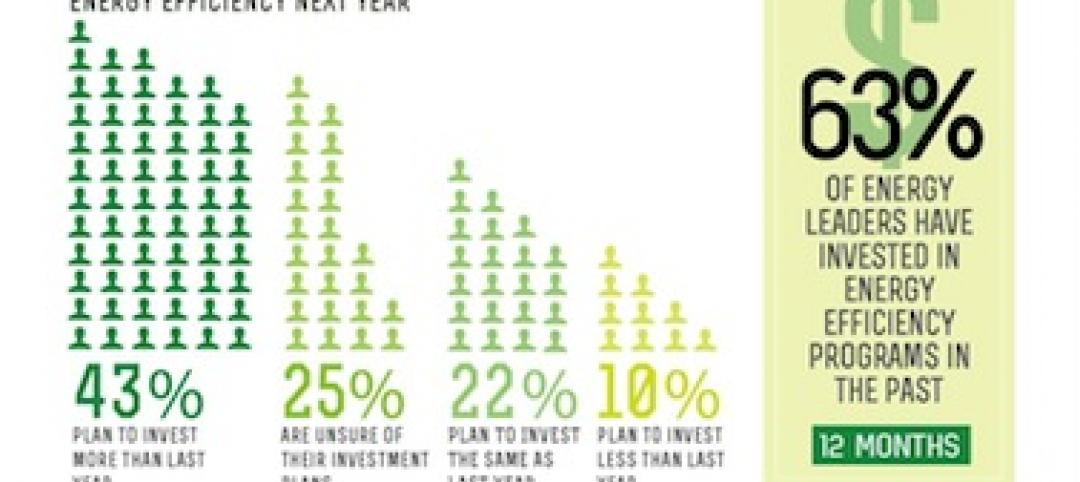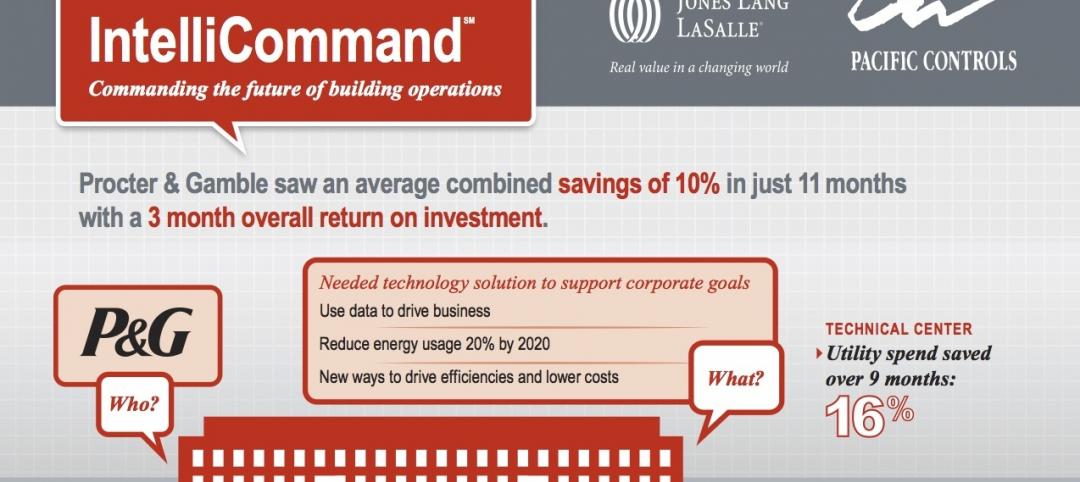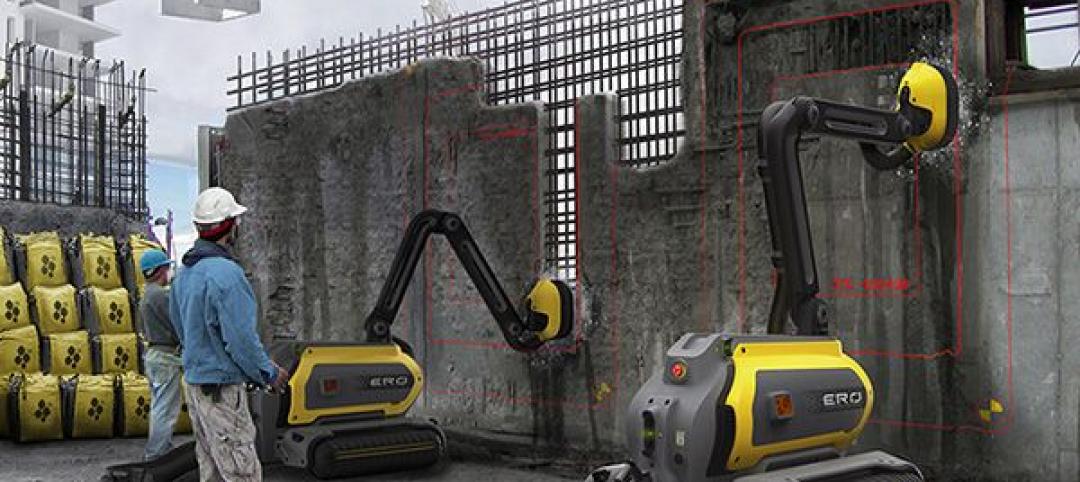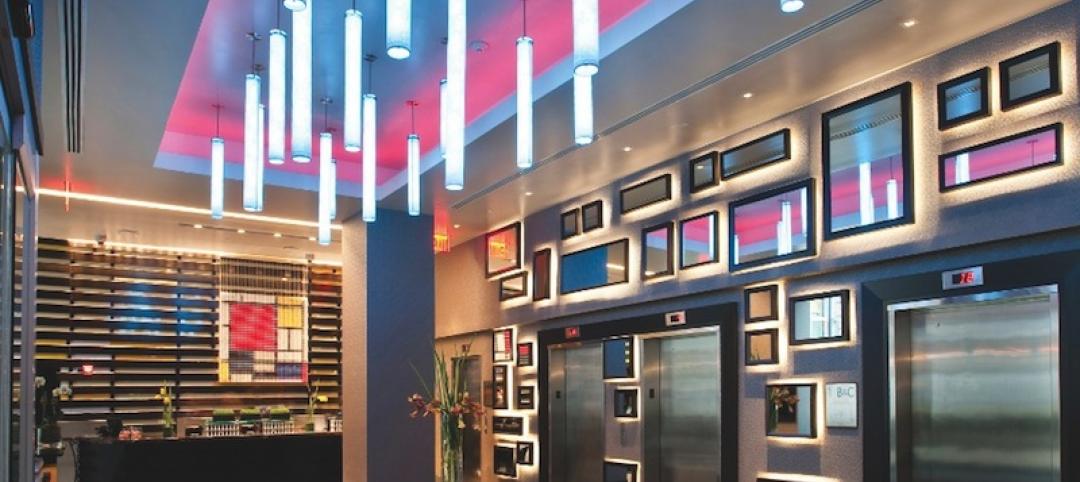Robotic Parking Systems (RPS), a Clearwater, Fla.-based provider of some of the largest and fastest high-density autonomous parking garages in the world, is poised to make a push into the U.S. market at a time when developers are rethinking just how much parking their buildings will actually require in the future.
RPS, which built the first autonomous garage in the United States in Hoboken, N.J., in 2001 (a garage that’s still operational to this day), has been focusing its attention in recent years on the Middle East. The company is preparing to release an online, AIA-approved education program that provides details for planning, installation, and operation of autonomous parking facilities.
While it did not give specifics about which markets it is targeting or its timeframe for domestic growth, RPS tells BD+C that it can now provide general contractors and architects with metrics that compare its system with other autonomous garages. “We are geared to bring this successful technology to the U.S.,” which could include partnerships through which RPS handles the parking aspect of a new construction project, the company states.
SEVERAL MIDDLE EASTERN PROJECTS PROVIDE PERFORMANCE RECORD FOR AUTONOMOUS GARAGES
Robotics Parking Systems touts a track record for its systems that, through design redundancy, it claims guarantees 99.99% uptime and a retrieval rate of over 400 vehicles per hour.
Also see: A New ULI Report Chronicles the Depaving of America
The company points specifically to projects in Dubai, UAE, and Kuwait with some of the largest automated parking garages, as measured by Guinness World Records. The latest record holder (as of 2018) is Al Jahra Court Complex, which was designed with a combination of 684 concrete ramp parking spaces with 2,314 automated spaces on top. RPS’s portion of this project provides almost 3.5 times the number of conventional ramp-style parking spaces in about the same cubic area. (The conventional space is seven levels and over 97 ft high; RPS’s portion is 11 levels and 115 ft high.)
This robotic parking system can deliver seven cars per minute, with an average retrieval time of 177 seconds. It has a peak traffic throughput of 425 cars per hour inbound/outbound.
RPS claims that what makes its system different from competitive automated systems is “advanced technology” whose unique design can independently move dozens of vehicles simultaneously on electro-mechanical robots on three axes (left-right, forward-back, and vertically).
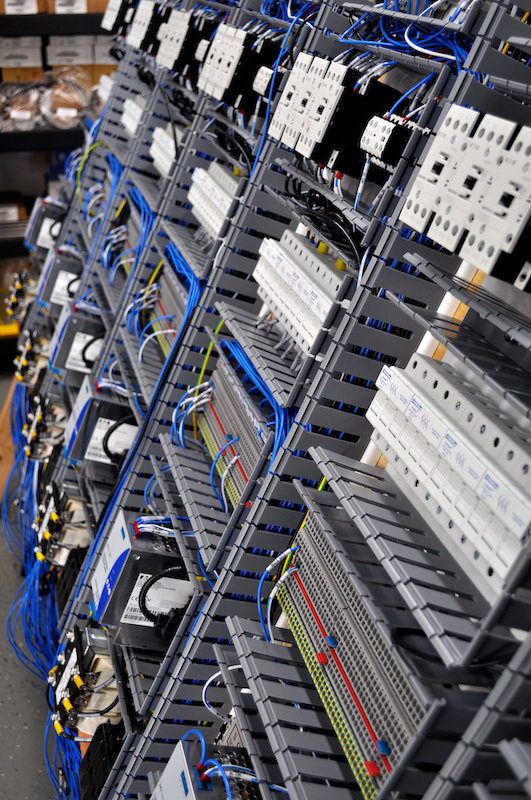
RPS's “advanced techology” combines software, sensors, platforms, lifts, motors, and other mechanical gear to transport vehicles to open slots in the garage. Through electronic and mechanical redundancies, this system claims that it never needs to shut down, even during maintenance or repair.
As the vehicle owner drives into a street-level terminal, a combination of software controls, platforms, lifts, motors and sensors transports the vehicle to an available open slot in a multi-level shelf system. When the owner wants to leave, the system locates the vehicle and returns it to a ground-level exit terminal.
Also see: Gly Construction to build underground, robotic parking garage for Seattle Cancer Care Alliance
The parking system’s major electrical and mechanical components have at least one backup system, and in some cases as many as four. So, “if any machine goes down to be serviced, you still have full operation without interruption,” says Richard Scarth, MRICS, senior development manager for Seven Tides, a luxury property developer and holding company, whose Ibn Battuta Gate mixed-use complex in Dubai, UAE, has had an autonomous parking garage for 765 vehicles since it opened in 2009.
Scarth notes that because this building had a limited amount of land for parking, “the only we way could squeeze in the extra parking was to use high-density, autonomous parking technology.”
COST OF PARKING SYSTEMS DEPENDS ON CAPACITY
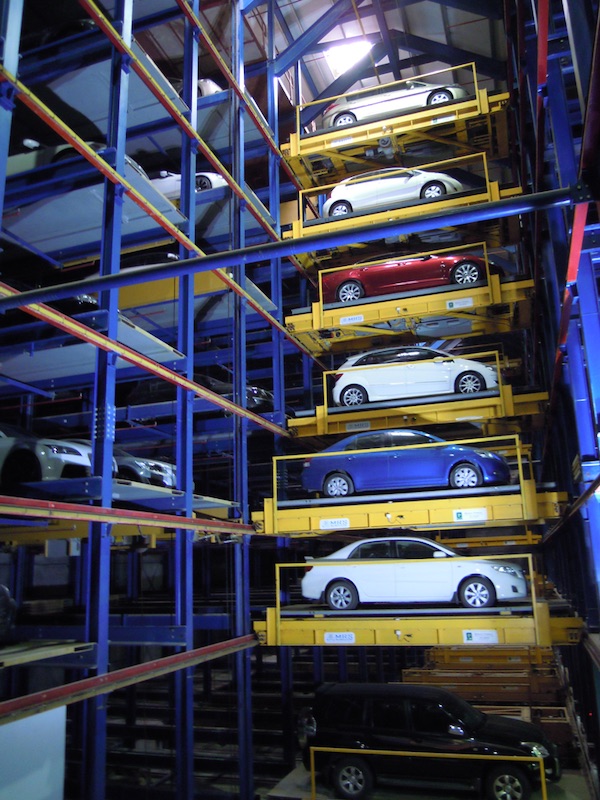
RPS claims that its system can increase a building's parking density by 200-300% within the same footprint as a conventional concrete-ramp garage.
When asked about costs for its autonomous system, RPS directed BD+C to the website roboticparking.com, which states that the cost of robotic parking facilities depends on three factors: the number of parking spaces, the amount of land, and peak traffic loads. So assuming a parking garage with 750 cars and peak traffic at about 30% of parking capacity, the total cost of robotic facility would be $24,567 per space, versus $26,433 per space for a concrete ramp garage with the same features such as electric vehicle charging stations, security, and wayfinding.
(This calculation is a bit skewed because it adds $2.25 million for a concrete ramp garage to include autonomous car driving capacity into and out of the garage.)
Also see: Do car-free downtown zones work? Oslo, Yes; Chicago, No
RPS also notes that its system typically is not conducive to retrofitting an existing garage.
A bigger question for RPS and its competitors is what future demand for parking garages will look like. Ride sharing has been changing the way Americans view their relationships with automobiles. And cities like New York and San Francisco have converted streets and entire blocks to pedestrian-only thoroughfares.
As more metros commit to reducing their carbon emissions over the next 10 to 30 years, those plans invariably include reducing vehicular traffic in favor of other modes of transportation that are environmentally palatable. Indeed, some architectural firms have already come up with designs for adapting parking garages into something else—like multifamily housing or offices—if reduced demand warrants such reuse.
Related Stories
| Nov 26, 2013
4 ways smart buildings can reduce carbon footprints: JLL report
Smart building technology has the potential to reduce global energy use dramatically, and is already changing how we live and work, according to Jones Lang LaSalle’s latest report,The Changing Face of Smart Buildings: The Op-Ex Advantage.
| Nov 8, 2013
Can Big Data help building owners slash op-ex budgets?
Real estate services giant Jones Lang LaSalle set out to answer these questions when it partnered with Pacific Controls to develop IntelliCommand, a 24/7 real-time remote monitoring and control service for its commercial real estate owner clients.
| Oct 18, 2013
Meet the winners of BD+C's $5,000 Vision U40 Competition
Fifteen teams competed last week in the first annual Vision U40 Competition at BD+C's Under 40 Leadership Summit in San Francisco. Here are the five winning teams, including the $3,000 grand prize honorees.
| Sep 19, 2013
What we can learn from the world’s greenest buildings
Renowned green building author, Jerry Yudelson, offers five valuable lessons for designers, contractors, and building owners, based on a study of 55 high-performance projects from around the world.
| Sep 16, 2013
Study analyzes effectiveness of reflective ceilings
Engineers at Brinjac quantify the illuminance and energy consumption levels achieved by increasing the ceiling’s light reflectance.
| Sep 16, 2013
Forty-three percent of energy leaders will invest more in efficiency next year (infographic)
Forty-three percent of energy leaders say their investment in energy efficiency next year is projected to be more than it was last year, according to survey results released today by Schneider Electric. Twenty-two percent said their projected investment would stay the same, and 10 percent reported their investment would be less than last year.
| Sep 4, 2013
Smart building technology: Talking results at the BUILDINGChicago/ Greening the Heartland show
Recent advancements in technology are allowing owners to connect with facilities as never before, leveraging existing automation systems to achieve cost-effective energy improvements. This BUILDINGChicago presentation will feature Procter & Gamble’s smart building management program.
| Jul 16, 2013
Robotics: A new way to demolish buildings
A robot prototype uses water jets to break up concrete structures and then sucks up the water and debris for reuse and recycling.
| Jun 18, 2013
Report: HVAC occupancy sensors could slash building energy demand by 18%
Researchers at the DOE's Pacific Northwest National Laboratory conclude that significant energy savings can be achieved by varying ventilation levels based on the number of people in a given space.
| May 28, 2013
LED lighting's risks and rewards
LED lighting technology provides unique advantages, but it’s also important to understand its limitations for optimized application.


